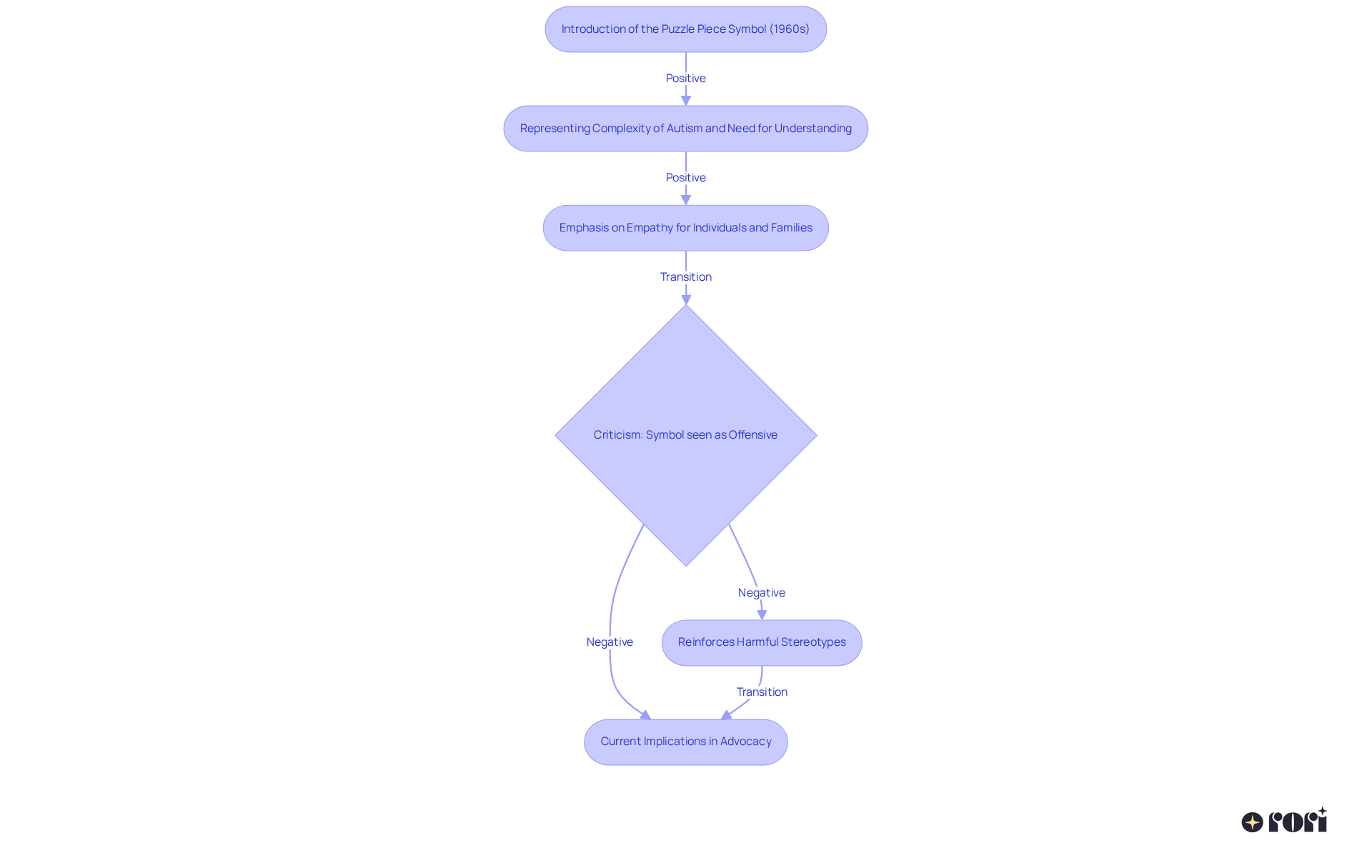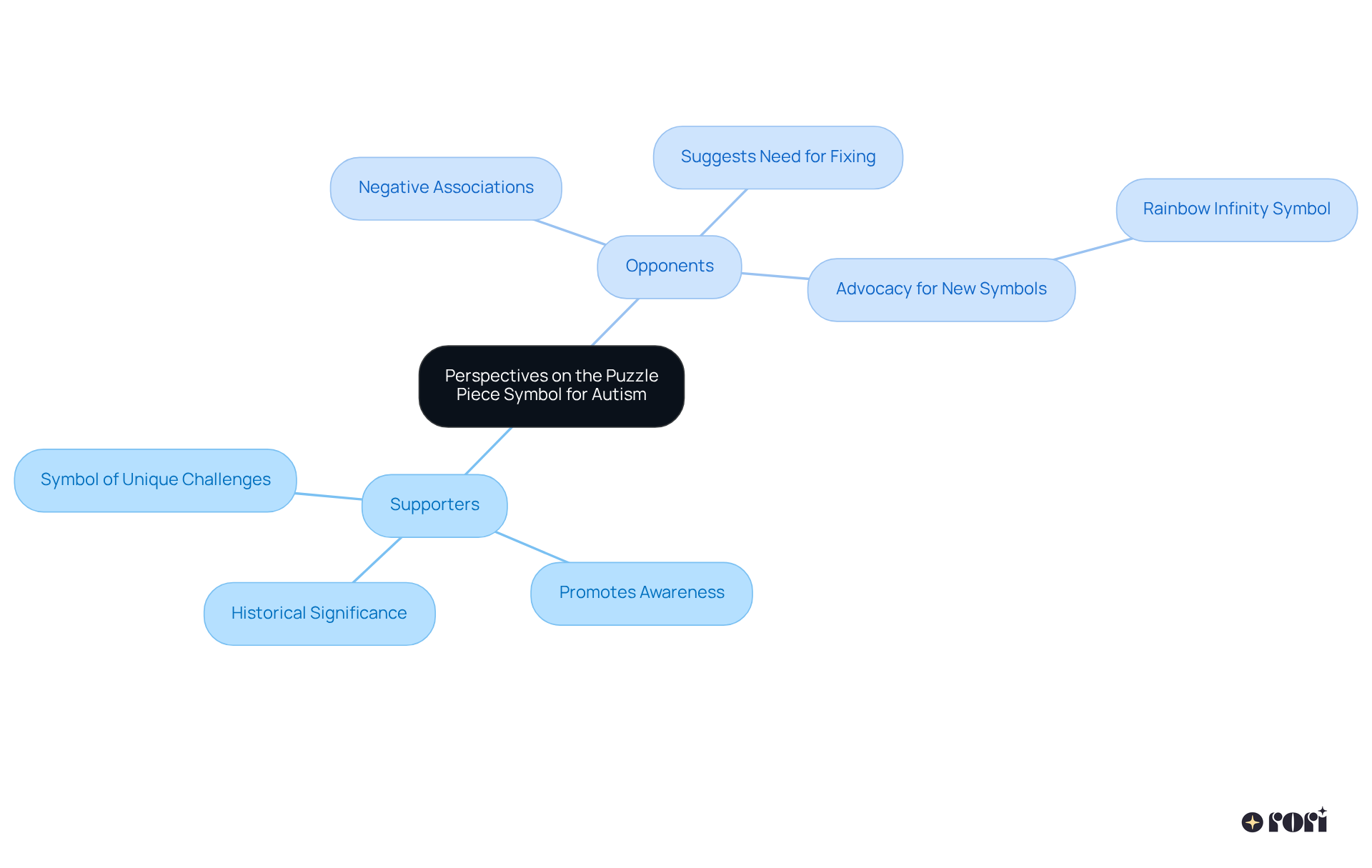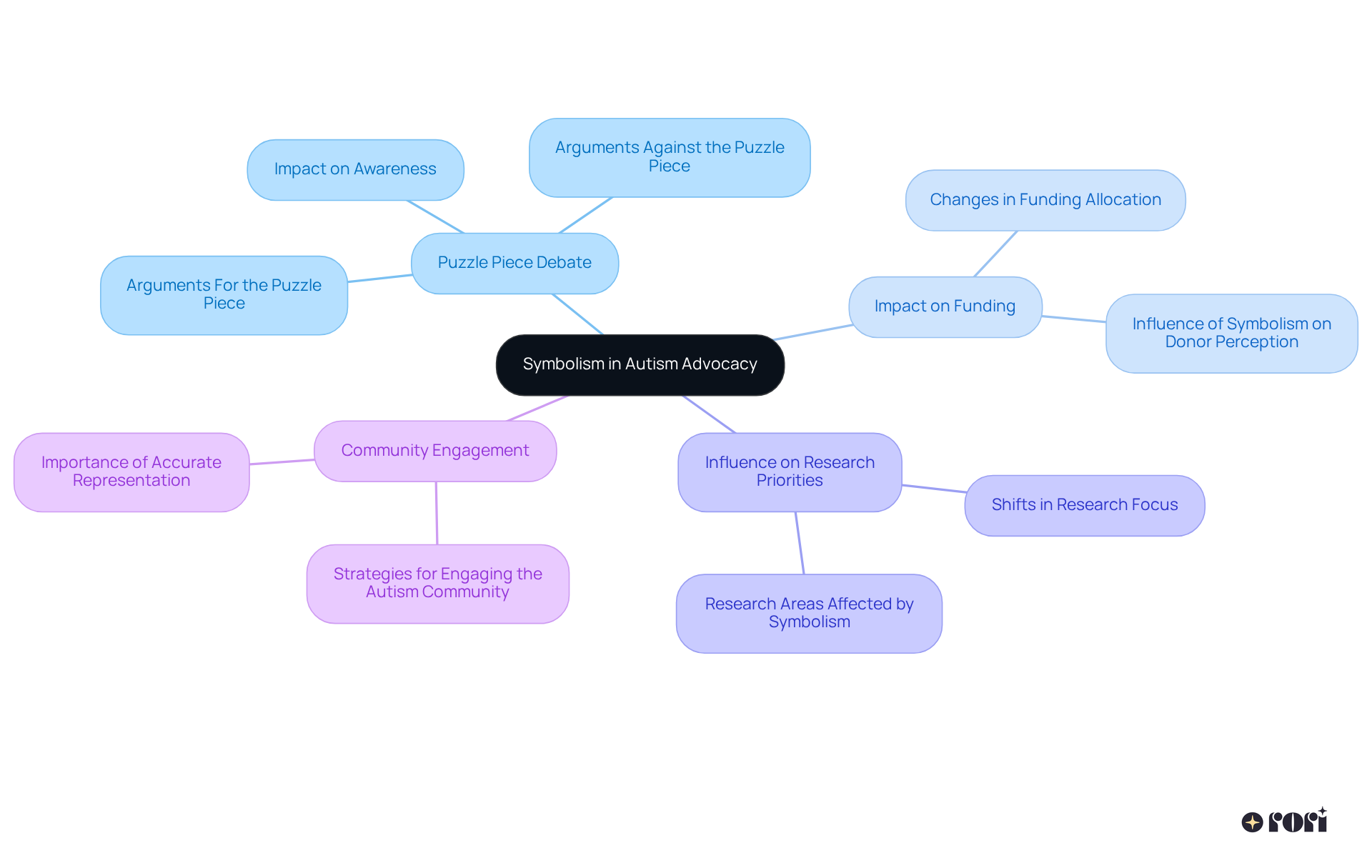The puzzle piece symbol can be seen as a bit of a sore spot for many in the autism community. It often suggests that individuals with autism are somehow incomplete or in need of fixing, which only adds to the negative stereotypes out there. This article dives into the history of the symbol and sheds light on the mixed feelings within the neurodiverse community. It’s a reminder of how important it is to seek out and celebrate positive representations that highlight the unique strengths and talents of individuals on the spectrum. Let’s explore this together!
The puzzle piece has long been a symbol associated with autism, originally meant to represent the complexity and challenges of the condition. But as we learn more about neurodiversity, this emblem has faced some scrutiny. Many people are now questioning whether it reinforces negative stereotypes about those on the spectrum.
In this article, we’ll take a closer look at:
It’s worth pondering: can a symbol intended to raise awareness actually undermine the very individuals it seeks to represent? Let’s explore this together!
The puzzle piece emblem was introduced in the 1960s by the National Autistic Society in the UK. It was meant to represent the complexity of autism and the challenges faced by individuals on the spectrum. Initially, it aimed to convey that autism is like a puzzle needing understanding and support, emphasizing the importance of empathy for those affected and their families.
However, over time, this emblem has faced significant criticism as it is the puzzle piece offensive for autism. Many critics argue that the question of whether is the puzzle piece offensive for autism implies those with autism are somehow deficient or inadequate, which can reinforce harmful stereotypes and misunderstandings. Understanding this historical context is vital as we discuss the emblem's relevance in advocating for developmental conditions today.
At Rori Care, we recognize these implications through our personalized ABA therapy. Our approach focuses on empowering individuals and families, ensuring that each person's unique needs are met with care and understanding. Let’s explore this together and see how we can support you every step of the way!

Opinions on whether the puzzle piece representation is the puzzle piece offensive for autism within the neurodiverse community are quite divided. Some folks and groups continue to embrace it, seeing it as a symbol of the unique challenges faced by those on the spectrum. They believe it reminds us of the importance of awareness and understanding. However, a significant number of supporters and individuals on the spectrum push back against this emblem, arguing that it raises the question of whether the puzzle piece is offensive for autism, as it fosters negative associations and overlooks the strengths and abilities of those with the condition.
For instance, many in the neurodiverse community question whether the puzzle piece is offensive for autism, as it suggests a condition that needs fixing instead of celebrating neurodiversity as a natural variation of the human brain. Paula Jessop, a former advisor for individuals with developmental differences at Altogether Autism, emphasizes the need for a shift in perspective. She states, "It’s time to transition to awareness regarding these conditions, as well as discarding representations from a past that was unkind to those on the spectrum." This division really highlights the importance of amplifying the voices of individuals with developmental differences and their families, as their experiences and insights are vital in shaping how we think about representation.
Interestingly, the use of the puzzle piece symbol raises the question of whether the puzzle piece is offensive for autism, as it was first adopted by the National Autism Society in the UK in 1963 and later by Autism Speaks, which has often portrayed the condition negatively. Advocates are calling for a move towards symbols that reflect acceptance and positivity—like the rainbow infinity symbol, which beautifully represents the diversity and richness of the autistic experience. Understanding these different viewpoints is essential for creating a more inclusive and supportive environment for individuals on the spectrum. Let’s explore this together!

The symbolism used in advocating for individuals on the spectrum plays a big part in shaping how people view and understand the condition. For instance, the question of whether the puzzle piece is offensive for autism can either boost awareness or reinforce stereotypes, depending on how they're interpreted. Some organizations use the puzzle piece to spark discussions about autism, while others question if the puzzle piece is offensive for autism as it oversimplifies the unique experiences of those on the spectrum.
It's interesting to note that the symbols chosen can influence funding, research priorities, and the overall narrative surrounding autism. As advocacy efforts grow and change, it's essential for organizations to think about the impact of the symbols they choose. Engaging with the autism community is key to ensuring that representation is not only accurate but also empowering. Let’s explore this together and make sure every voice is heard!

The puzzle piece symbol, which was once meant to capture the complexity of autism and the need for understanding, has sparked quite a conversation within the autism community. Originating in the 1960s, this emblem now raises important questions about representation and what it means for individuals on the spectrum. As we talk about whether the puzzle piece is offensive, it’s clear we need to rethink symbols that might unintentionally reinforce stereotypes or overshadow the strengths of those with developmental differences.
Many voices in the neurodiverse community share differing views on this topic. Some still see the puzzle piece as a reminder of the challenges faced by individuals with autism. However, many advocates feel it carries negative connotations and misses the mark on celebrating neurodiversity. The push for new symbols, like the rainbow infinity symbol, shows a strong desire for representation that embodies acceptance and positivity. It’s all about amplifying the voices of those directly impacted by autism!
Ultimately, we can’t underestimate the power of symbolism in autism advocacy. As we continue to discuss the puzzle piece, it’s more important than ever for organizations and advocates to connect with the autism community. Together, we can ensure that representation is both respectful and empowering. Let’s foster an environment that values diverse perspectives, enhancing understanding and promoting a more inclusive narrative around autism. We’re all in this together, and every voice matters!
What is the historical origin of the puzzle piece symbol?
The puzzle piece symbol was introduced in the 1960s by the National Autistic Society in the UK to represent the complexity of autism and the challenges faced by individuals on the spectrum.
What was the initial intention behind the puzzle piece emblem?
The emblem aimed to convey that autism is like a puzzle needing understanding and support, emphasizing the importance of empathy for those affected and their families.
Why has the puzzle piece symbol faced criticism?
Critics argue that the puzzle piece symbol can imply that individuals with autism are deficient or inadequate, reinforcing harmful stereotypes and misunderstandings.
Why is it important to understand the historical context of the puzzle piece symbol?
Understanding the historical context is vital as it informs discussions about the emblem's relevance in advocating for developmental conditions today.
How does Rori Care approach autism support?
Rori Care focuses on empowering individuals and families through personalized ABA therapy, ensuring that each person's unique needs are met with care and understanding.